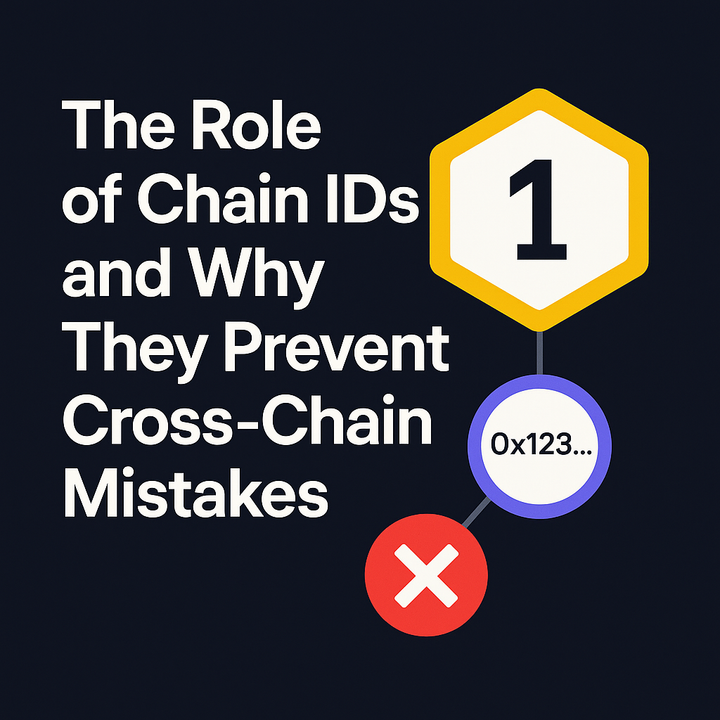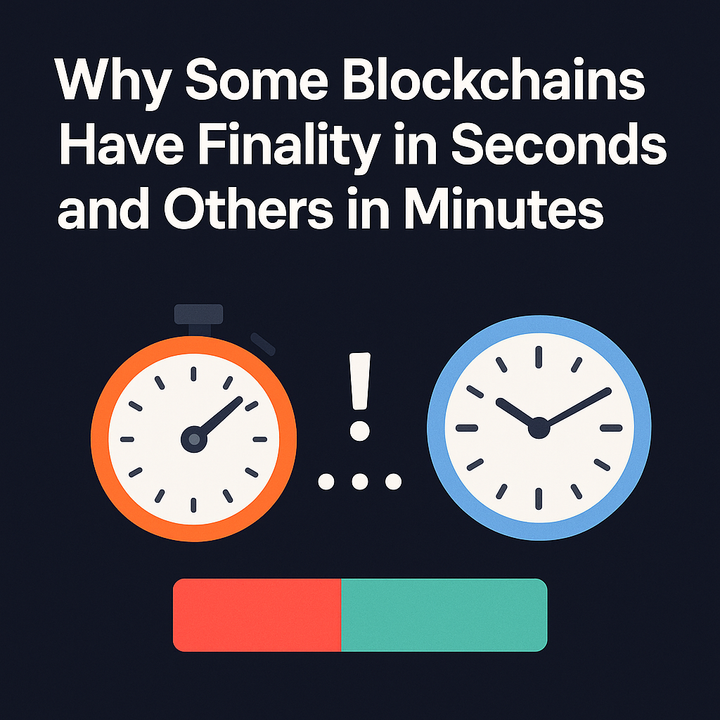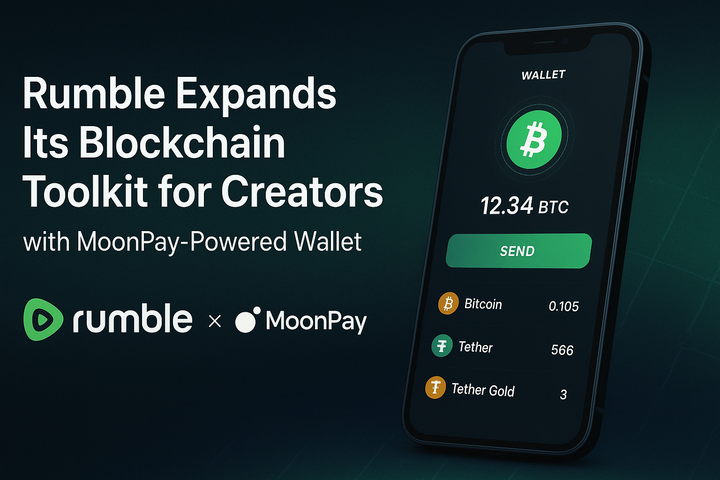Ecosystem-Owned Liquidity (EOL) and Its Impact on Decentralized Finance (DeFi): The Mitosis Revolution

Decentralized Finance (DeFi) has emerged as a transformative force in the financial world, offering an alternative to traditional systems by leveraging blockchain technology to create open, permissionless, and intermediary-free financial services. However, one persistent challenge in DeFi has been the management and sustainability of liquidity. Liquidity, the lifeblood of any financial ecosystem, ensures that assets can be traded, borrowed, or lent efficiently. Yet, in DeFi, liquidity is often fragmented across chains, locked in isolated protocols, or subject to the whims of "mercenary capital"—Liquidity Provider Yield (LP Yield) who chase short-term rewards and abandon projects once incentives dry up. Enter Ecosystem-Owned Liquidity (EOL), a groundbreaking concept pioneered by Mitosis, a Layer 1 blockchain designed to redefine how liquidity is provided, managed, and optimized in DeFi. In this article, we’ll explore what EOL is, how Mitosis implements it, and its far-reaching implications for the future of decentralized finance.
What Is Ecosystem-Owned Liquidity (EOL)?
Ecosystem-Owned Liquidity (EOL) is a novel liquidity model that shifts the paradigm from individual, opportunistic liquidity provision to a collective, community-driven approach. Unlike traditional DeFi setups where LPs independently allocate capital to protocols in pursuit of the highest yields, EOL aggregates liquidity from individual providers into a unified pool governed by a Decentralized Autonomous Organization (DAO). This pool is then strategically deployed across multiple chains and protocols to maximize efficiency, stability, and returns for all participants.
At its core, EOL is about empowerment and alignment. It gives retail LPs the bargaining power typically reserved for institutional players by leveraging the economies of scale inherent in a larger, coordinated liquidity pool. Decisions about where and how this liquidity is allocated are made transparently through public governance votes and community discussions, ensuring that the ecosystem serves the collective interest rather than the fleeting agendas of a few. Mitosis, as the pioneer of EOL, implements this concept through a sophisticated infrastructure of vaults, tokenized assets, and cross-chain coordination. By doing so, it addresses some of the most pressing inefficiencies in DeFi, such as liquidity fragmentation, opaque reward systems, and the instability caused by short-term capital flows.
Mitosis: The Backbone of EOL
Mitosis is a Layer 1 blockchain built from the ground up to support programmable liquidity, with EOL as its flagship innovation. Unlike many DeFi protocols that operate within the confines of a single blockchain, Mitosis is designed to unify liquidity across multiple networks, making it a cross-chain liquidity layer for the decentralized economy. Its architecture includes several key components that bring EOL to life:
- Mitosis Matrix Vaults
Mitosis Matrix Vaults are smart contracts deployed on supported blockchains (e.g., Ethereum, Arbitrum, or Monad) that allow users to deposit assets like ETH, USDC, or wrapped tokens (e.g., weETH). In return, users receive tokenized representations of their deposits, known as "Vanilla Assets" (e.g., vETH), minted on the Mitosis Chain. These vaults lock the original assets securely while enabling their value to be utilized dynamically across the ecosystem. - miAssets and maAssets
Once users deposit assets into Mitosis Vaults, they can opt into EOL by staking their Vanilla Assets to receive miAssets (e.g., miETH). These miAssets are yield-bearing tokens that represent a user’s share of the ecosystem-owned liquidity pool. They grant holders governance rights to vote on how liquidity is allocated, as well as exposure to yields generated from multiple DeFi protocols. Alternatively, users can lock their Vanilla Assets into time-bound campaigns via Matrix, Mitosis’s high-yield liquidity framework, to earn maAssets (e.g., maETH). These tokens offer fixed-term rewards, appealing to LPs seeking structured returns. Together, miAssets and maAssets transform liquidity into a programmable, tradable asset that can be used across the DeFi landscape. - Cross-Chain Coordination
Mitosis eliminates the need for manual bridging—a cumbersome and costly process in traditional cross-chain DeFi—by natively representing liquidity on its own chain. For example, ETH deposited on Ethereum is locked in a Mitosis Vault, and a corresponding Vanilla Asset is minted on the Mitosis Chain. From there, miAsset holders can vote to deploy this liquidity to a lending protocol on Avalanche or a DEX on Solana, all without the user needing to move funds manually. This seamless integration optimizes capital efficiency and ensures liquidity flows where it’s most needed.
The Impact of EOL on DeFi
The introduction of EOL through Mitosis has profound implications for the DeFi ecosystem, addressing longstanding pain points while unlocking new opportunities. Here’s how it’s reshaping decentralized finance:
- Stabilizing Liquidity
One of DeFi’s biggest challenges is the instability caused by mercenary LPs who withdraw capital as soon as incentives diminish. EOL counters this by fostering a community-owned liquidity pool that prioritizes long-term alignment over short-term gains. By pooling resources and rewarding sustained participation (e.g., redistributing forfeited rewards to committed LPs), Mitosis creates a more stable foundation for protocols and dApps. - Enhancing Capital Efficiency
In traditional DeFi, liquidity locked in one protocol (e.g., a Uniswap pool) cannot be reused elsewhere without withdrawal and redeployment. EOL breaks this silo by tokenizing liquidity positions (via miAssets and maAssets), allowing users to earn yields across multiple protocols from a single deposit. For instance, an LP can deposit ETH into a Mitosis Vault, receive miETH, and earn rewards from lending on Aave, staking on Lido, and trading on a DEX—all simultaneously. This multiplies capital efficiency and maximizes returns. - Democratizing Access
Historically, high-yield opportunities in DeFi have been dominated by whales and institutions with the resources to negotiate private deals. EOL levels the playing field by aggregating retail liquidity into a collective force with institutional-grade bargaining power. Small-scale LPs can now access premium opportunities previously out of reach, making DeFi more inclusive and equitable. - Reducing Fragmentation
Liquidity fragmentation across blockchains has long hindered DeFi’s growth, leading to inefficiencies like high slippage and volatile yields. Mitosis’s cross-chain architecture unifies liquidity into a cohesive ecosystem, enabling assets to move dynamically to where they’re most valuable. This not only improves market efficiency but also supports the scalability of modular blockchains and dApps by providing a reliable liquidity backbone. - Promoting Transparency
Opaque reward systems—where protocols determine LP payouts after the fact—have left many DeFi participants vulnerable to suboptimal returns. EOL flips this dynamic by requiring protocols to disclose yield metrics and compete for liquidity allocations upfront. This transparency empowers LPs to make informed decisions and fosters a healthier, more competitive DeFi market. - Governance and Transparency
EOL’s allocation decisions are driven by miAsset holders through periodic gauge votes. These votes determine how liquidity is distributed to various decentralized applications (dApps) within the Mitosis ecosystem. Protocols must compete for EOL allocations by presenting clear yield metrics and terms upfront, fostering a transparent and competitive market. This governance model ensures that liquidity supports sustainable, high-value projects rather than short-lived, reward-chasing schemes.
Mitosis in Action: Recent Results
Mitosis is still in its early stages, with its public testnet already concluded as of March 23, 2025. However, its progress to date is impressive. The platform has raised $7 million in funding and amassed over $80 million in Total Value Locked (TVL) within three months of its vault operations—an indicator of strong community trust and adoption. Strategic partnerships with leading DeFi protocols like Ether.fi, Symbiotic, and Hyperlane further underscore its potential to reshape the ecosystem.
The "Game of MITO," a gamified testnet launched to refine EOL mechanics, concluded in late 2024 with remarkable participation: over 299,892 users engaged, generating $5.7 billion in trading volume. This demonstrated EOL’s ability to drive collaboration among protocols (e.g., Chromo DEX and Telo Protocol) and engage users through innovative incentives like XP tiers and governance participation. These results signal that EOL is not just a theoretical concept but a practical solution gaining real-world traction.
Challenges and Considerations
While EOL and Mitosis offer transformative potential, they’re not without risks. Smart contract vulnerabilities, a common concern in DeFi, could threaten the security of Mitosis Vaults. Regulatory uncertainty also looms, as evolving laws may impact how liquidity incentives are structured. Additionally, the success of EOL relies on active community governance—voter apathy or misaligned incentives could undermine its effectiveness. Users must carefully assess these risks and review campaign terms (e.g., withdrawal restrictions in Matrix) before participating.
Conclusion
Ecosystem-Owned Liquidity, as realized through Mitosis, represents a paradigm shift in DeFi. By transforming liquidity into a programmable, community-governed asset, it addresses the inefficiencies, inequities, and instabilities that have held decentralized finance back. As Mitosis progresses toward its mainnet launch, its vision of a unified, efficient, and inclusive liquidity layer could set a new standard for the industry.
For liquidity providers, EOL offers higher yields, greater control, and access to a broader range of opportunities. For protocols, it provides a stable, transparent source of capital to fuel growth. And for the DeFi ecosystem as a whole, it promises a future where liquidity works smarter, not harder—unlocking the full potential of decentralized finance.
As of March 22, 2025, Mitosis and EOL are still evolving, but their impact is already undeniable. Whether you’re an LP, a developer, or simply a DeFi enthusiast, this is a movement worth watching—and perhaps joining. The future of liquidity is ecosystem-owned, and Mitosis is leading the charge.



Comments ()